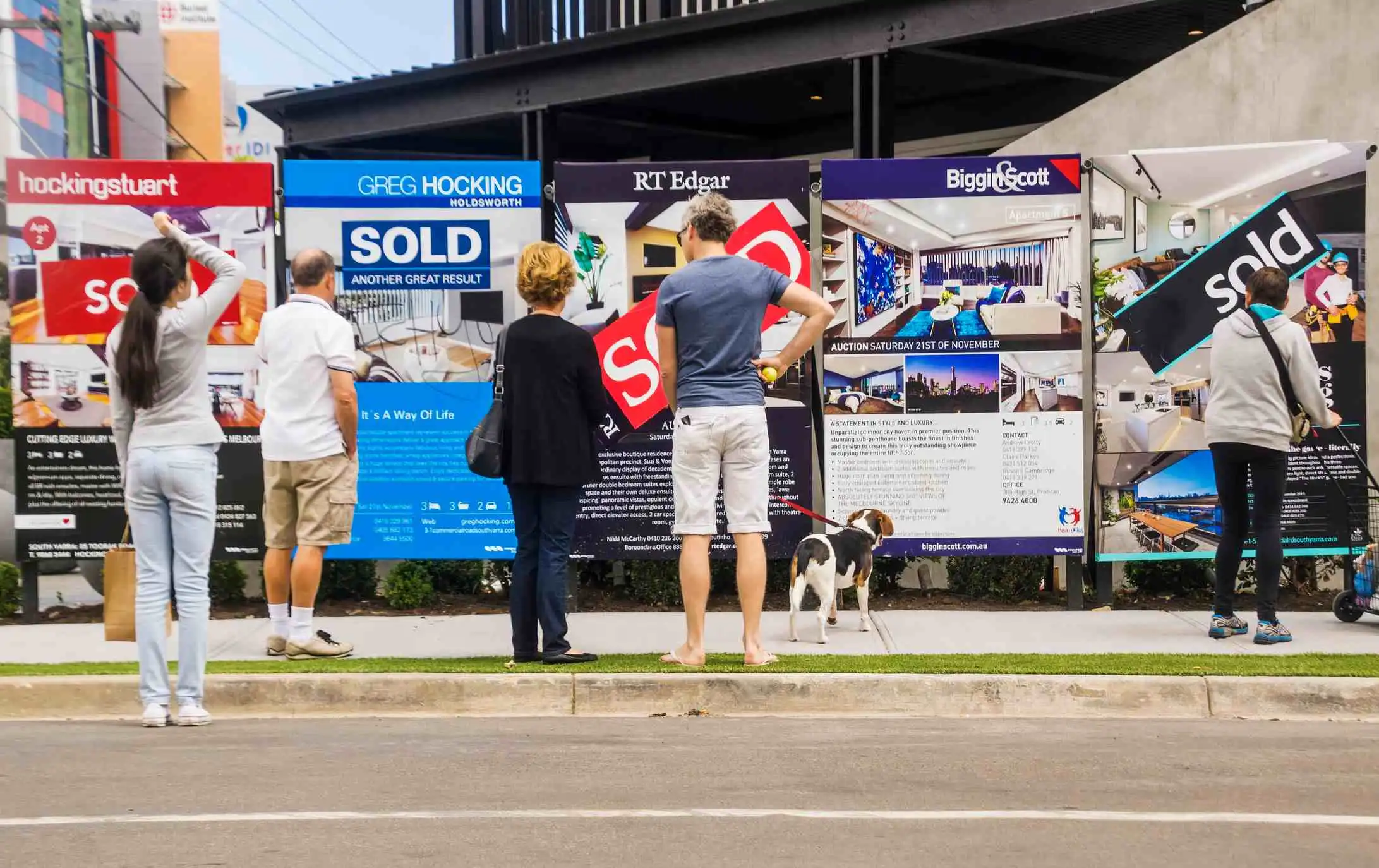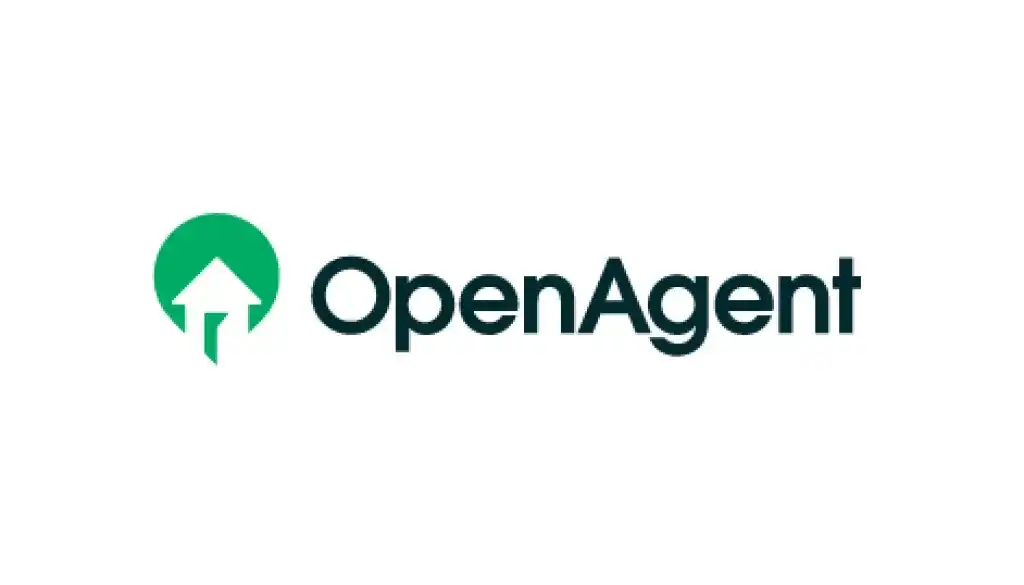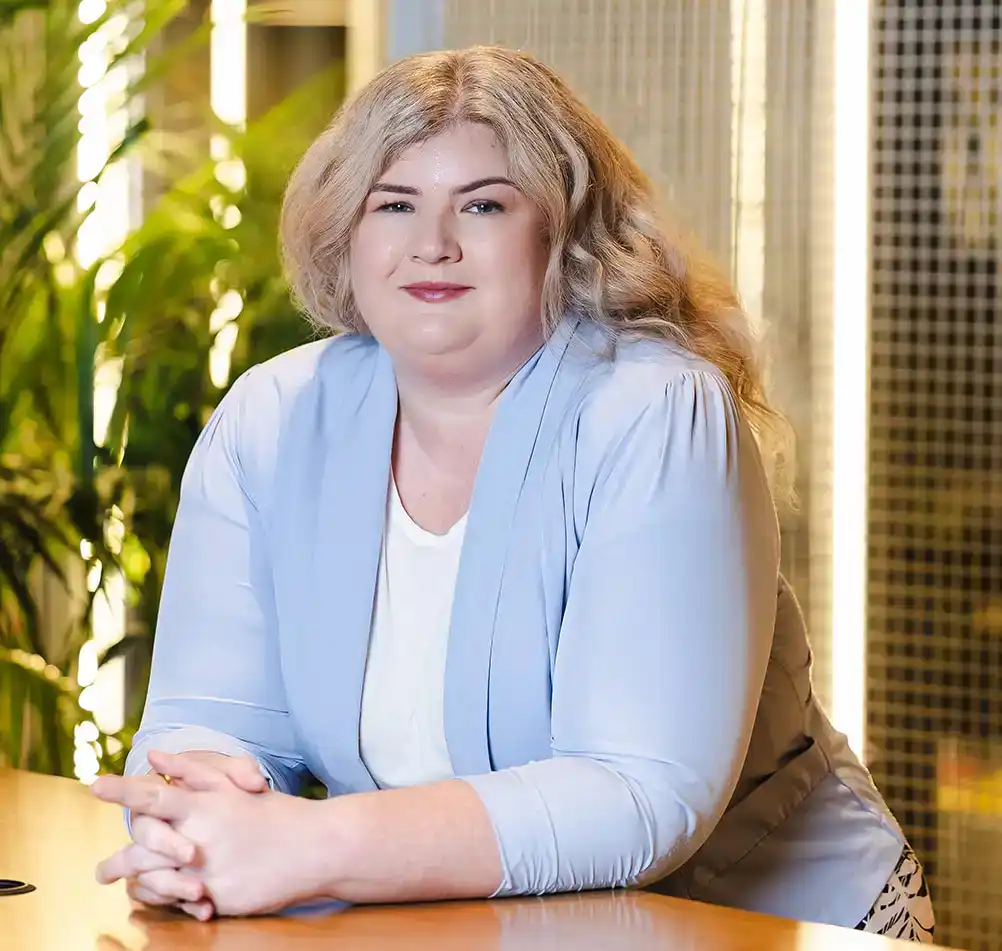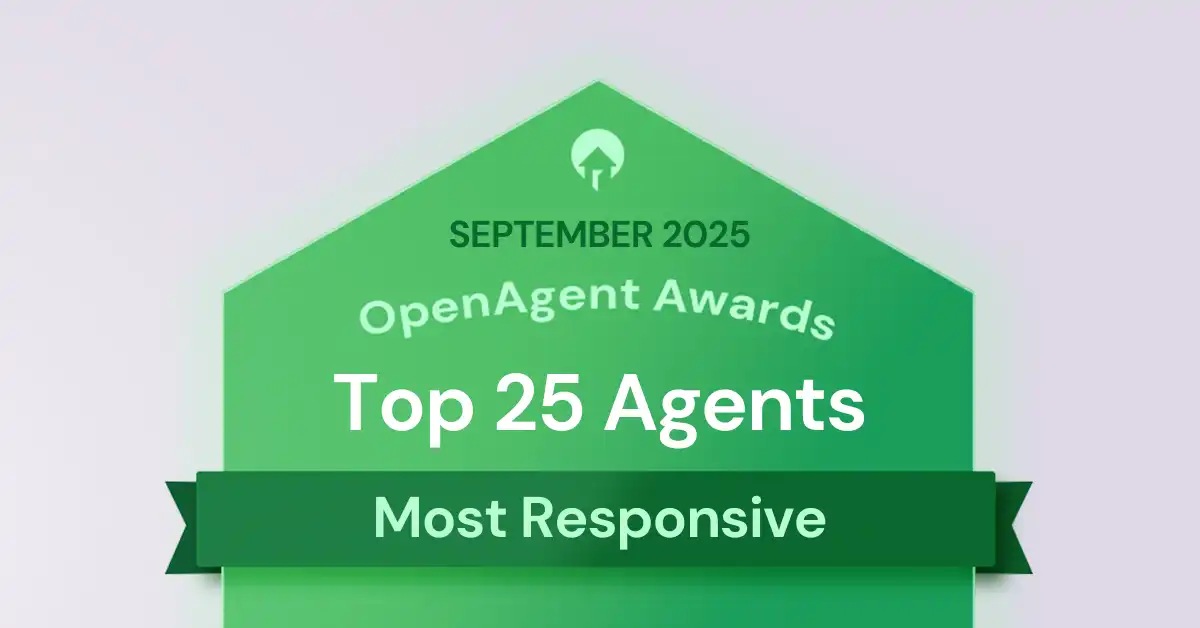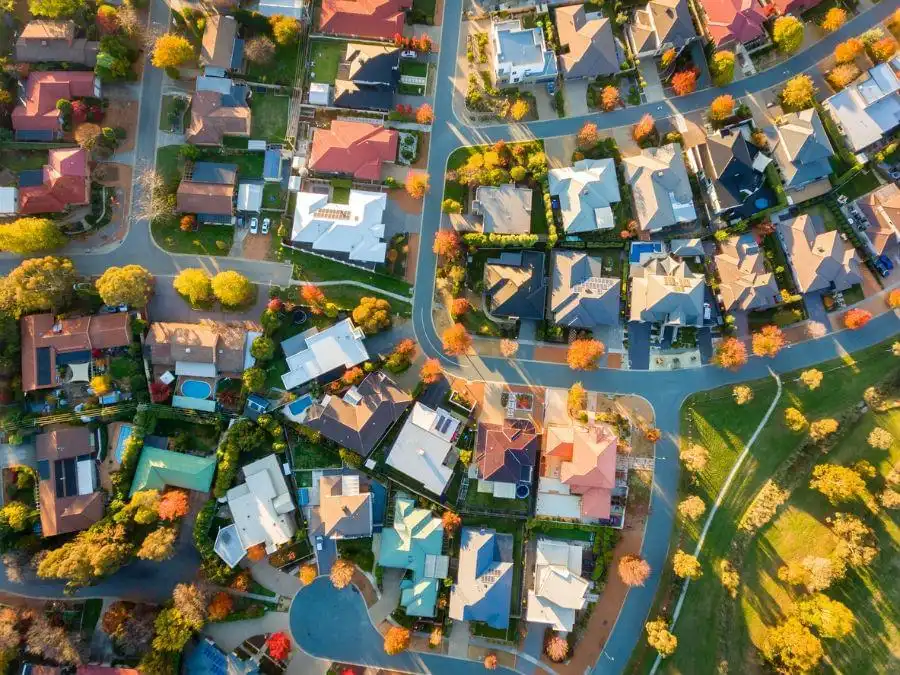2023 | Top positively geared suburbs around Australia
Looking for an investment that pays for itself and grows your income? Then positively geared investment property might be for you.
For those new to property investing, we explain here how positive gearing works plus the pros and cons you should know.
We also look at how to find positively geared property plus our top picks for positively geared suburbs around Australia.
Helpful resource: Get a suburb profile for any suburb in Australia
What is positive gearing?
Positive gearing is an investment strategy for generating profit from an investment property. Essentially, a positively geared investment property has a rental return greater than interest repayments and expenses paid for that property before any depreciation and tax deductions.
“Gearing” is just financial speak for borrowing to invest, so the strategy is to take out a mortgage to buy the property and plan for rent received to cover repayments plus all property-related costs (i.e., rates, repairs, maintenance) with money left over.
Sometimes, positive geared property is called positive cashflow property. While there’s a slight difference (a positive cashflow property relies on tax deductions to exceed expenses), both types generate passive income for their owners.
Conversely, an investment property is negatively geared when its rental return is less than expenses. A property is neutrally geared when income and expenses are approximately equal.
What are the pros and cons of positive gearing?
Like any investment strategy, positive gearing has pros and cons you should be aware of:
Positive gearing pros
- Tax deductions. Expenses for renting the property like rates, repairs, maintenance, and mortgage interest repayments may be tax deductible.
- Grow your wealth. A positive cash flow investment property provides passive income while the property gains capital growth.
- Self-sustainable. A positively geared investment property pays for itself as rental income covers its repayments and expenses. If something happens to your main income, your investment is safe.
- Increase borrowing power. If you’re looking to add to your property portfolio, positive cashflow from your investment property makes it easier to secure a new loan.
Positive gearing cons
More income tax. This is calculated on your marginal tax rate. If you’re on a 37% tax rate, you’ll also pay 37% tax on the income from your positively geared investment property.
Interest rates. Interest rate hikes can turn your positively geared property into a negative or neutral one as costs increase.
High upfront cost. Lower mortgage repayments increase your chances of making a profit on rent. Paying more in cash for your investment property reduces your borrowed amount but requires greater upfront capital.
Hard to find. Recent CoreLogic data shows one third of rental houses are generating positive cashflow for their landlords, meaning a majority two thirds are negatively or neutrally geared. Figures are better for units (more than one half are cashflow positive), but it’s important to remember properties with positive gearing potential are in higher demand.
How do you find positively geared suburbs and properties?
Knowing how to find positively geared property comes down to three core strategies:
1. Look for suburbs with lower property prices. You are more likely to achieve positive cashflow from a property with lower mortgage repayments.
2. Look for suburbs where demand for rentals is high. These suburbs offer higher income potential than suburbs where demand is low. You may be able to charge a premium for rent when the rental market is competitive.
3. Look for suburbs and buildings with lower vacancy rates. Lower vacancy rates mean fewer properties are competing for tenants.
Risks to avoid when searching for cash flow positive properties
Of course, finding a positive cash flow investment property is not guaranteed. Here are some common risks to consider:
- What makes the cashflow positive? Positively geared properties are cashflow positive before non-cash tax deductions like depreciation. Depreciation is claimable for a property’s first owner but can be used as an accounting strategy to make investments look cashflow positive on paper. Be wary if positive cashflow depends on depreciation.
- Capital gain. Capital gain is selling a property for more than you paid. An extra $150 a week from rent is good, but serious profit comes from capital gains. If your property lacks long term growth potential, it can jeopardise the overall returns.
- High risk investments. Short-term or specialist rental properties like hotels, serviced apartments or holiday homes may seem profitable at first but are often high risk with poor growth potential.
- Periods of vacancy. Be prepared for loss of rental income should your property sit vacant for any length of time. Mortgage and expenses still need to be paid.
- Interest rates. Your planning should consider the effect of future interest rate increases on your cashflow. Fixing your interest rates when they are low can help.
The top suburbs around Australia for positively geared property
Ready to look for a positively geared investment property? Let’s consider how many positively geared suburbs may be out there.
As Nila Sweeney, AFR, recently reported, “In NSW, rental houses in 131 suburbs or one in seven of all suburbs… are now achieving positive cash flow.” At 14.29 per cent, this figure outperforms Victoria where 9.2 per cent of rental houses are cashflow positive. In both states, three in ten suburbs have rental units returning a profit.
Around Australia it’s a different story. “More than half of all suburbs in Queensland and Tasmania and nearly three quarters in WA are generating positive cash flow,” Nila says. Positive cashflow units can be found in “more than nine in ten suburbs across the ACT, South Australia, Western Australia and Northern Territory.”
Currently, this situation looks set to continue: “[Rental yields] are set to rise further from here due to the combination of rapidly rising rents against the outlook for lower housing values,” says Tim Lawless, CoreLogic research director.
“The outlook for rents remains one of strength due to persistently low rental vacancy rates at a time when demand is likely to be amplified.”
With such a strong outlook for investors, here’s our top picks for positively geared suburbs around Australia.
Top positive cashflow suburbs for houses
| Suburb | Median House Price | Annual Growth | Median Rental Price/Yield |
|---|---|---|---|
| Blue Haven, NSW | $690,000 | +25.5% | $480/3.6% |
| Elizabeth North, SA | $253,000 | +28.4% | $300/6.2% |
| Laidley, QLD | $302,000 | +16.6% | $350/6% |
The Central Coast is a top spot to find positive cashflow property in NSW. Blue Haven, in the northern lakes area, has recently shown strong price growth and has a vacancy rate of 0.28 per cent.
Elizabeth North, a strong prospect for positively geared properties in South Australia, has a low vacancy rate of 0.28 per cent and high rental population of 46.14 per cent. Annual house price growth jumped this year from -2.5 per cent in 2021.
In QLD, Laidley offers the investor affordable house prices with a strong median two-year rise of +35.15 per cent.
Top positive cashflow suburbs for units
| Suburb | Median Unit Price | Annual Growth | Median Rental Price/Yield |
|---|---|---|---|
| Auburn, NSW | $460,000 | +3.1% | $390/4.4% |
| Lyons, ACT | $425,000 | +1.2% | $500/6.1% |
| Carlton, VIC | $545,000 | +3.2% | $430/4.1% |
Anyone looking for positive cash flow property in Sydney should go west. Units in suburbs like Auburn currently have the top rental returns.
Lyons is a good start for finding positively geared property in ACT, where unit rental yield is high at 6.1 per cent and prices remain affordable.
Victorian unit prices have dropped in some suburbs, but Carlton continues to see growth. A rental population of 63.71 per cent makes it a worthy candidate for investors.


